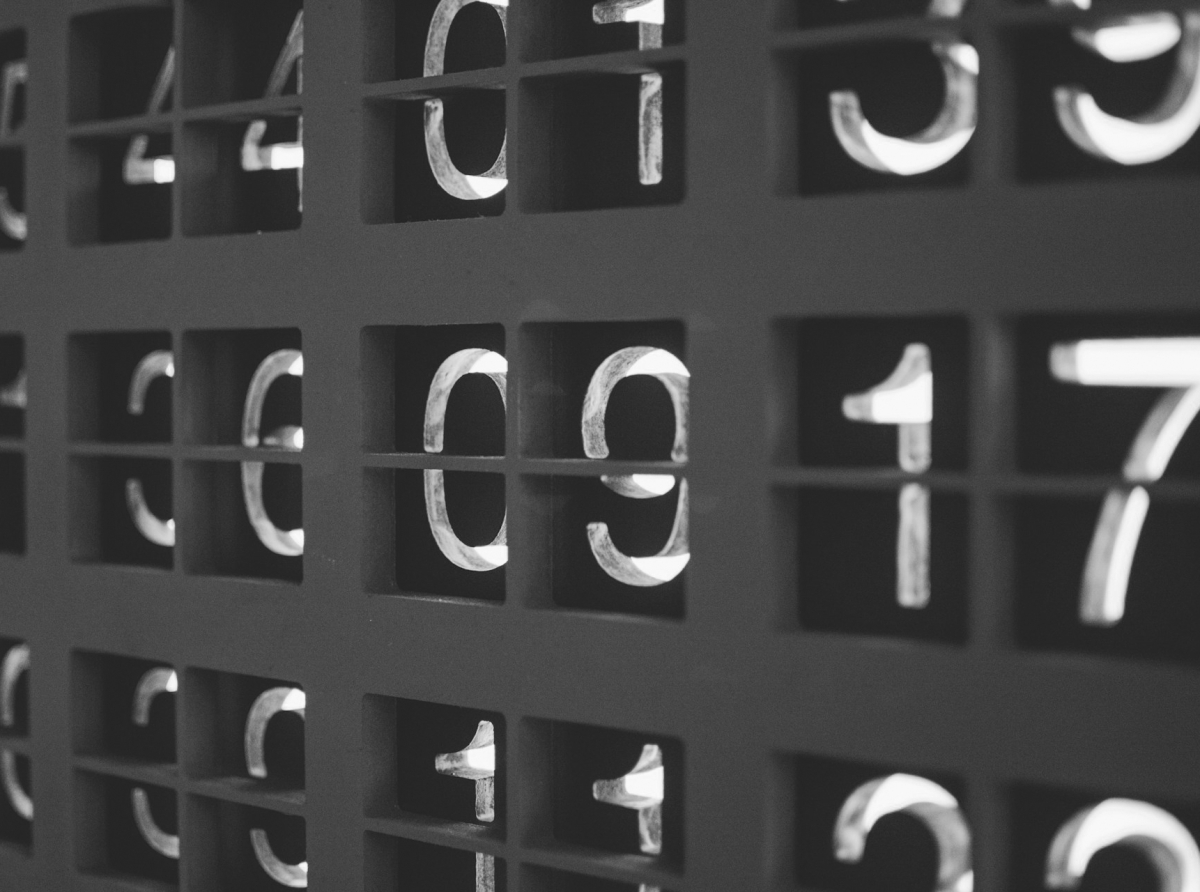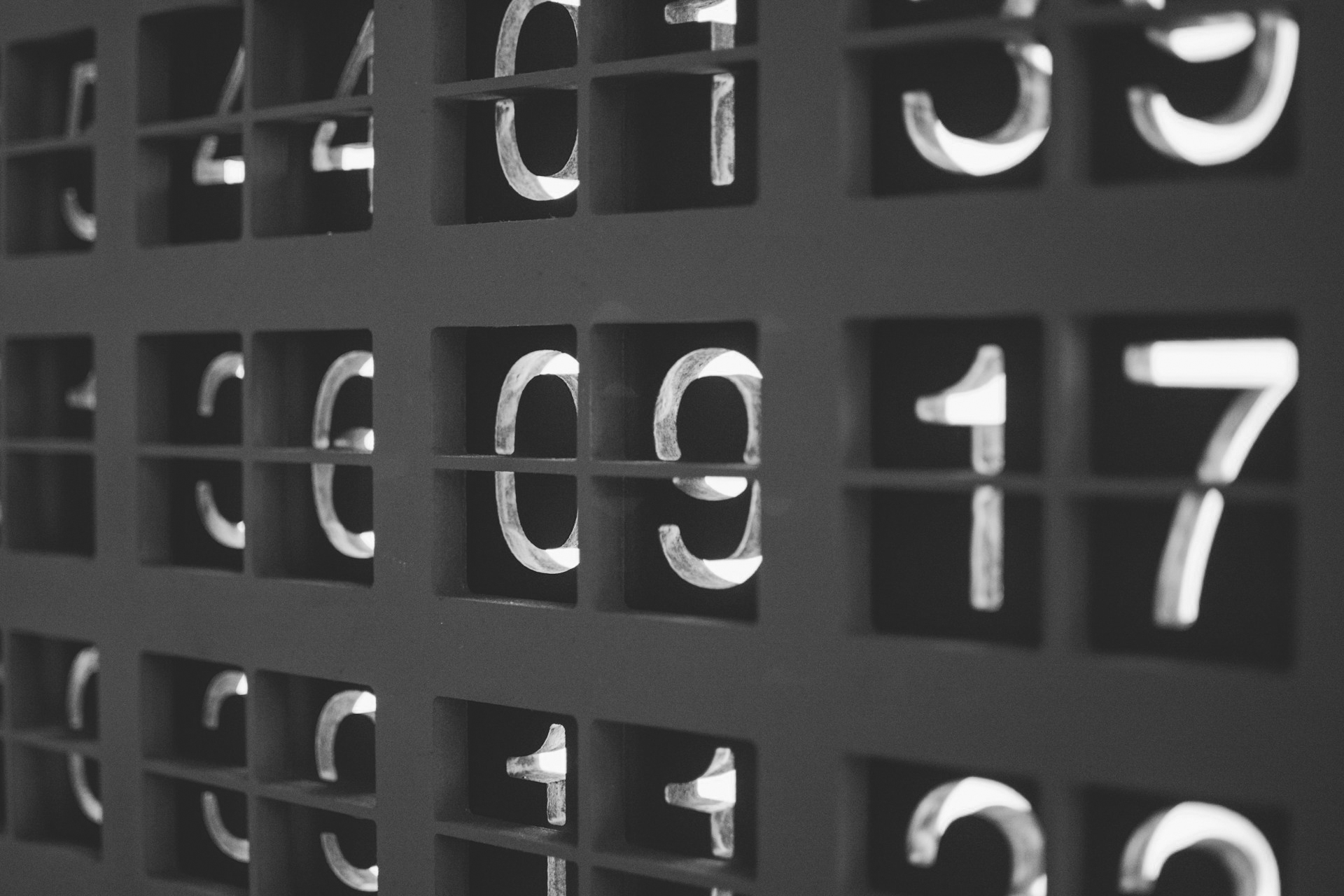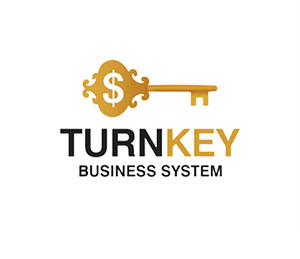The Math Is Not on Your Side: Why Expected Value Works Against You in Binary Options

The Math Is Not on Your Side: Why Expected Value Works Against You in Binary Options
Binary options may appear simple: choose an outcome, wait 60 seconds, and either double your money — or lose it all.
But underneath the flashy interfaces and broker marketing lies a mathematical reality that most traders ignore.
In this article, we break down how expected value (EV) works against you in binary options trading — and why even experienced traders consistently lose over time.
But underneath the flashy interfaces and broker marketing lies a mathematical reality that most traders ignore.
In this article, we break down how expected value (EV) works against you in binary options trading — and why even experienced traders consistently lose over time.

The Math Is Not on Your Side: Why Expected Value Works Against You in Binary Options
Binary Options: A Game Framed Like Trading, But Structured Like Gambling
At first glance, binary options mimic the mechanics of serious trading: you analyze price movements, set predictions, and manage timing. Yet in reality, the structure of a binary option — an all-or-nothing proposition with fixed payouts and expirations — has far more in common with a roulette table than with a traditional financial instrument.A standard binary option offers a fixed return: you win 70–85% of your stake if your prediction is correct; if not, you lose 100%.
On a surface level, that might seem manageable. But expected value, the fundamental concept behind long-term profitability in trading, paints a very different picture.
The Expected Value Formula Doesn’t Lie
Let’s keep it simple. Suppose your broker offers a 75% payout for winning and takes 100% if you lose. If you win 50% of the time (a coin flip scenario), your expected value (EV) per trade is:EV = (0.5 × +0.75) + (0.5 × -1.00) = +0.375 - 0.5 = -0.125
This means that for every dollar you bet, you lose 12.5 cents on average. Over 100 trades, that’s a loss of $12.50 — and the house (your broker) keeps winning. This is structural. It's not about emotion, discipline, or even strategy — it's simple math.
Some brokers adjust payouts dynamically to maintain this negative EV, ensuring long-term profitability for themselves. Even when traders win more than 50% of the time, the payout ratios often fail to compensate for the skewed risk/reward.
The Illusion of Short-Term Success
The allure of binary options lies in instant gratification. The dopamine hit of a 60-second win creates a dangerous illusion of control. Traders often mistake luck for skill, doubling down in what behavioral economists call a “hot hand fallacy.”In reality, variance and randomness dominate outcomes in the short run — and math dominates over time.
Can Anyone Beat the Odds?
While strategies exist — including news-based trading or algorithmic bots designed to exploit micro-movements — they rarely sustain profitability due to latency, slippage, and opaque broker pricing models. Moreover, some platforms engage in quote manipulation or delay execution just enough to tip the result in their favor.The biggest red flag? Most brokers are counterparty market makers. When you lose, they win. That incentive alone puts your “fair market” dream on thin ice.
Why This Isn’t Just “Risky” — It’s Statistically Unwinnable Over Time
Even in Forex or CFD trading, math matters — but traders have tools: stop-losses, trailing orders, risk-adjusted position sizing. In binary options, none of those apply. Your entire position is at risk on every trade. No partial wins, no scaling out, no real hedging. Just binary outcomes and built-in asymmetry.
The market may be random. But binary options are predictably tilted — against the trader.
What’s the Lesson?
If you’re a trader committed to long-term growth, binary options should raise more red flags than trading opportunities. The seductive simplicity of “yes/no” bets masks a fundamental truth: the expected value is negative, and the structure is engineered for your loss.You don’t need a PhD in statistics to understand that.
As Jack Schwager once said,
“Don’t try to control the market — control yourself.”
And controlling yourself begins with walking away from structurally rigged games.
By Miles Harrington
August 7, 2025
Join us. Our Telegram: @forexturnkey
All to the point, no ads. A channel that doesn't tire you out, but pumps you up.














Report
My comments